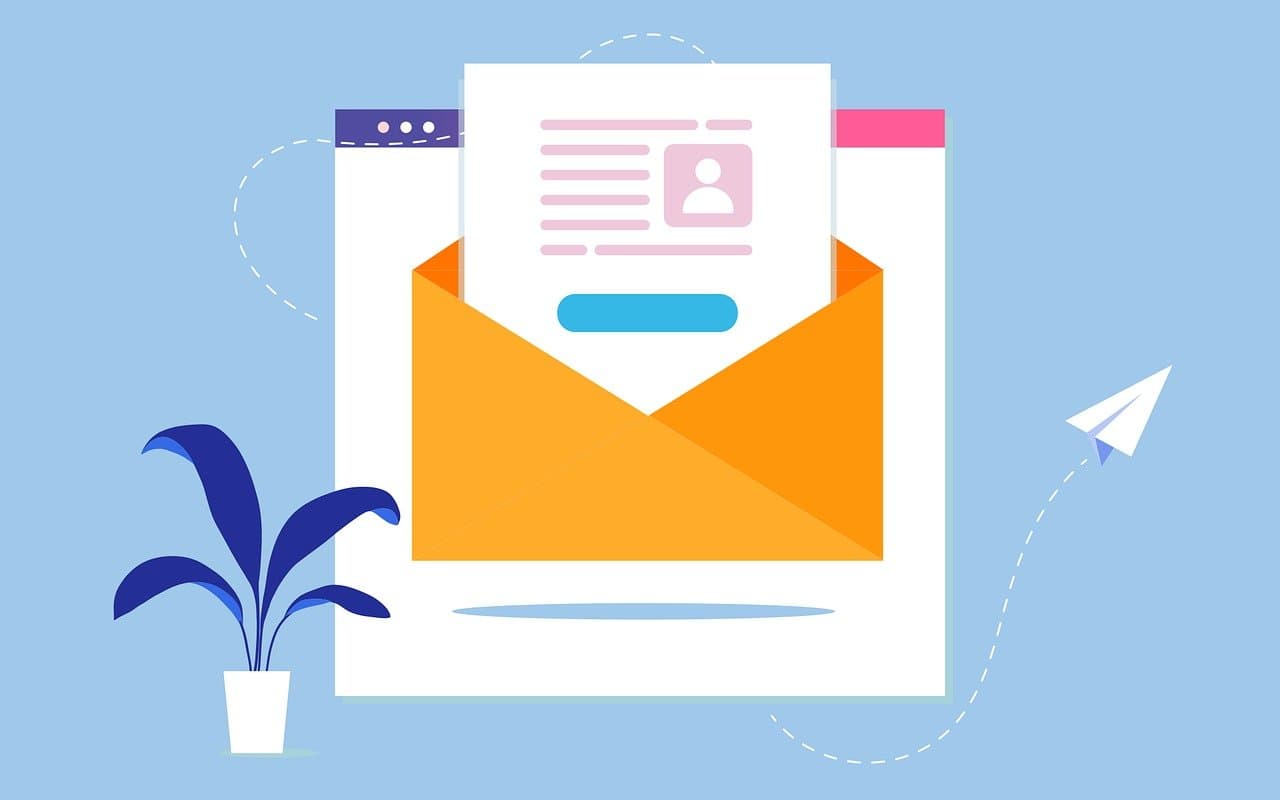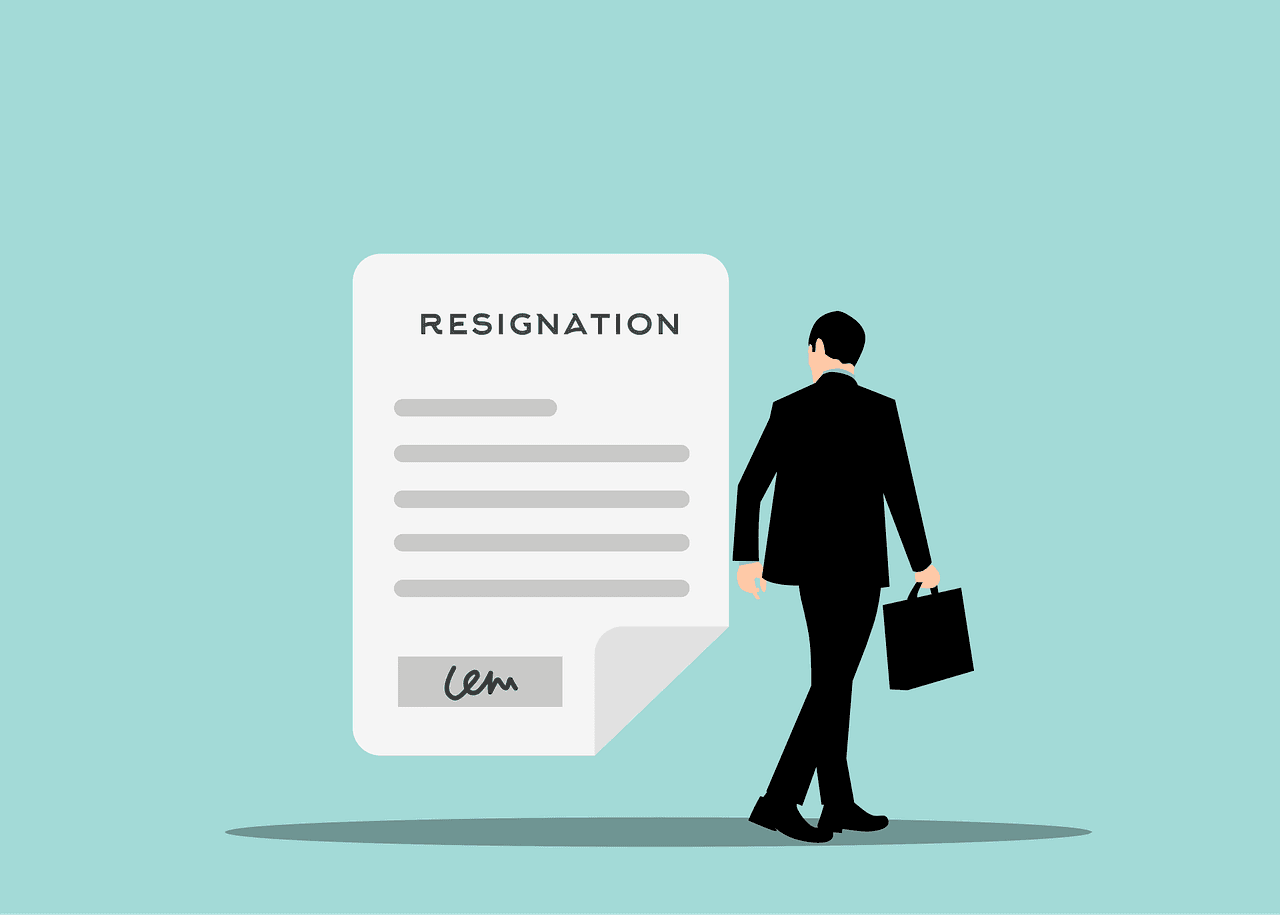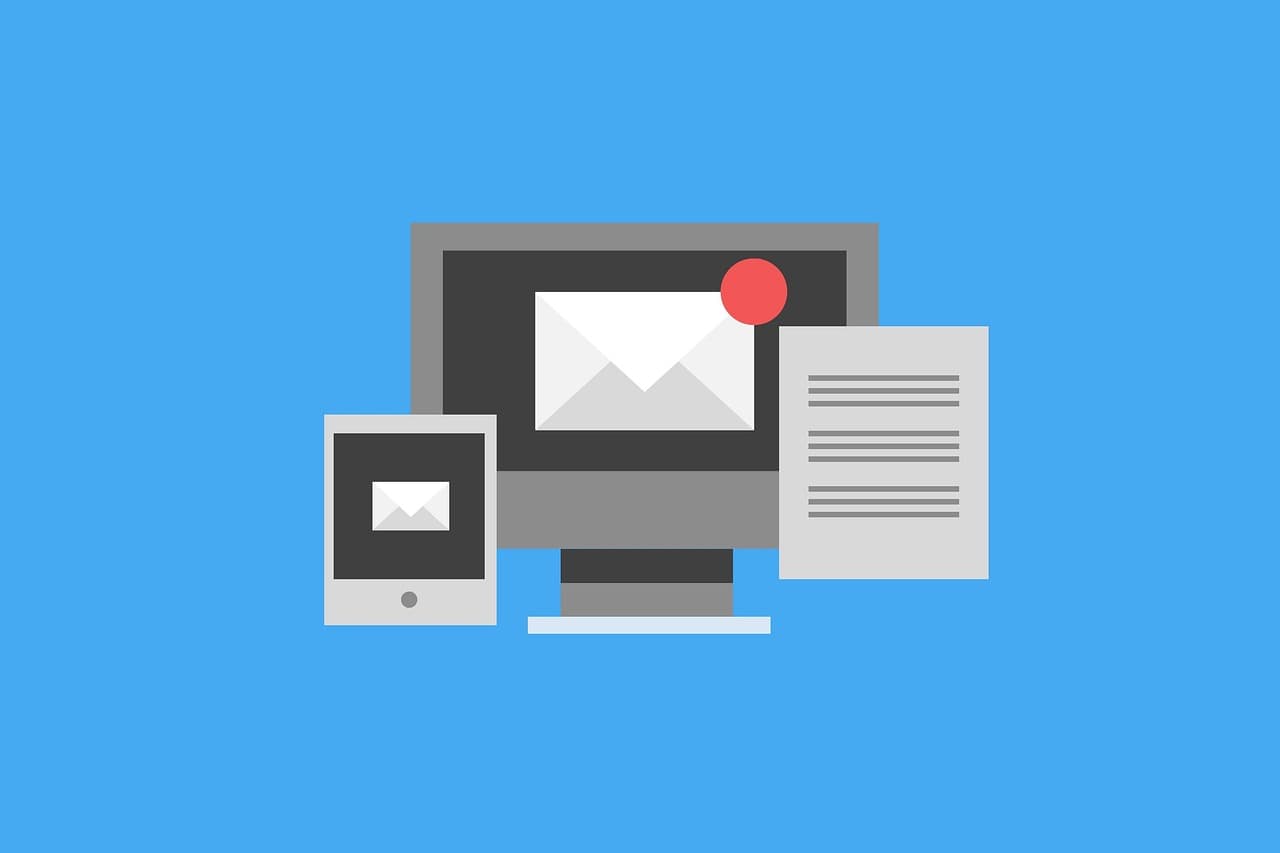B2B Email Campaign Follow-Up Best Practices

You’ve just sent your B2B email campaign and now you’re looking at a list of opens, clicks, automatic replies, and a couple of real responses. Sending 3 to 5 follow-ups to everyone isn’t a good idea because it ignores buyer signals and can hurt your sender reputation. A simple system is necessary that shows you who to contact, how often, when to stop, and how to protect your sender reputation. This guide shows how to maximize your list’s potential by focusing on engaged prospects that turn into quality introductory calls.
TL;DR
-
Segment by behavior: High Intent, Lightly Engaged, No Engagement, Warm Inbound
-
Follow-ups match engagement: High Intent up to 6, Lightly Engaged 3, No Engagement 1, Warm Inbound 2
-
Send Tuesday to Thursday, 8:30-10:30am or 1:30-3:30pm in the recipient’s time zone
-
Stop following up if they unsubscribe, say no, a hard bounce happens, or you have nothing new to contribute
-
Close most threads by Day 11 to 14 unless it’s a high intent prospect and you have real value to offer them
Who This Guide Is For
This guide is for teams that have run a B2B email campaign and are now looking at the results. Treat the numbers below as benchmarks to help read those signals since the actual results will vary based on your target prospects:
-
No opens: Belkins’ B2B cold email study shows that on average 64% of emails were never opened
-
Opens: Belkins shows that the average email open rate is about 36%
-
All replies: According to Belkins’ study, about 7% of emails will get some sort of reply such as “Interested”, “No”, “Maybe later”, or an out of office message
-
Booked Meetings: about 1% are qualified positive responses
Understand Prospect Behavior Before You Follow-Up
For prospects who opened, clicked, or replied, it’s important to understand how their attention works and how to follow-up. For this guide, Day 0 is the day you sent the original campaign.
-
Attention drops very fast Prospects who open or click multiple times on the same email are deciding now. Follow-up on Day 1 and again on Day 4 to use the interest they have developed in your favor before it disappears.
-
Consideration needs a concrete example
Always remember when you send a follow-up email, don’t just simply check in. Use it as an opportunity to share a case study, example, brochure, or checklist tied to their pain point(s) so they have something to respond to. -
Final check and then close the thread
After Day 11 stop following up with most prospects who don’t show much engagement. Send them a short email saying you’ll close the thread unless they want something specific such as a sample of the product or a checklist. Only follow-up after Day 11 if they’ve replied and shown real interest in what you’re providing.
4 Types of Prospects and How Many Follow-Ups Each Should Get
How you follow-up depends on the type of prospect you’re dealing with. We’ll walk through the 4 main types. Remember, you’re not sending new campaigns every day but instead sending target follow-ups based on the signals they give. This protects your sender reputation and leads to more intro calls.
Type 1: High Intent Prospects
These are prospects who opened your email multiple times, clicked on the links you included, visited your website, forwarded your email, or replied with a “maybe later”. They’ve shown real interest in what you’re providing so they a deserve a complete follow like this:
-
First Email (Day 0): This is your main campaign email. Make a clear offer and next steps.
-
Day 1: Make this a quick follow-up note. Reference their interest and restate the value you’re offering in your main email.
-
Day 4: Add proof or an example to what you’re offering. Share something tangible such as a sample or case study that references their interest.
-
Day 11: Ask for a decision on the next steps. Let them easily say no so you can close the thread if it’s not a fit.
-
Day 21: Share something you can offer specifically to them such as how your product or service directly solves their main pain point(s).
-
Day 28: Close the loop on the email thread. Let them know you’ll stop emailing them unless they ask for more information.
Why does this work?
This works because they’ve already shown interest so you’ve earned the right to reply more persistently but as long as each follow-up brings something new for them. For example on Day 21 and Day 28 you can follow-up with:
(Day 21) Subject: One Page Overview for [Company Name]
Body: Since this might be relevant for your team at [Company Name],
I’ve put together a short one page overview of what we can help with
[their pain point(s)]. Please let me know if you would like me to
share it with you.
(Day 28) Subject: Closing the Loop on This
Body: I’ll close this email thread so I don’t crowd your inbox anymore.
If this becomes a priority later or [trigger event] comes up, please
let me know and I can resend the one page overview for you.
Type 2: Lightly Engaged Prospects
These are prospects who opened your email once or twice but didn’t click or reply to it. They noticed you but haven’t shown what their intent is.
-
First Email (Day 0): This is your main campaign email. Make a clear offer and next steps.
-
Day 1: Similar to Type 1, send a short follow-up that reminds them of the value they can get in one or two lines and makes it easy for them to reply to.
-
Day 4: Share proof through an example that shows how you can help teams similar to them.
-
Day 11: Send them an email that politely closes the thread but leaves room for them to respond if it becomes relevant later.
Why does this work?
This works because they noticed your email and you’re building on that signal of interest, but if they don’t respond after three follow-ups, they are unlikely to respond. Here is what you could send:
(Day 1) Subject: Quick Follow-Up on [topic] Body: I am following up on my email about [problem]. If this is not relevant to you, please let me know. If it is, I would be glad to share a short example of what has worked for our customers in the past.
(Day 4) Subject: Example for [Company Name] Body: Here is a short example of how we helped [Companies/Industries] with [problem] and [outcome]. If the timing is not right for you, feel free to keep this on hand for later.
(Day 11) Subject: Closing the Loop on This Body: I will be closing this email thread for now. Please let me know if a short overview or an introduction to the appropriate contact would be useful.
Type 3: No Engagement
These are prospects that haven't shown any engagement with your emails. Don’t send many follow-up emails to them as it could hurt your sender reputation. It is up to you to send a single follow-up or to skip this type entirely.
-
First Email (Day 0): This is your main campaign email. Make a clear offer and next steps.
-
Day 3: Send them a short and polite email that closes the thread while letting them know that they can reach out if it becomes important later.
Why does this work?
This works because some people see the email preview but don’t open it. Sometimes filters can also move it out of the main inbox. Following up once helps confirm if they are interested or not. In the follow-up you could say:
(Day 3) Subject: Quick Follow-Up on [topic] Body: I am following up in case you missed my first email regarding [pain point(s)]. If this is not a priority for you right now, no need to follow-up. If it is, I’d be more than happy to share a short overview of how we can support [Company Name].
Type 4: Warm Inbound Prospects
These are prospects that definitely showed interest but then suddenly went quiet. For example they could have replied but then stopped, they filled out a form but never booked a call, or downloaded something from your email but didn’t follow-up.
-
Day 0: They replied to your email, filled out a form on your website, or asked for more information
-
Day 2: Send a short follow-up to check if they had a chance to look over the information and if they’re still interested in setting up a call with you.
-
Day 7: Send them a friendly email that ends the email chain while also letting them know they're welcome to get back in touch if this becomes a priority later.
Why does this work?
This works because warm prospects know who you are and have shown clear interest in what you’re offering so they don't need to be sent many follow-ups. Make sure each follow-up is related to their specific pain point(s) like this:
(Day 4) Subject: Next Steps for [Company Name] Body: Would be happy to hop on a call and provide a short walkthrough, or I’d be happy to send over a short overview of [product/service] if that’s easier. Please let me know which one you’d prefer.
(Day 7) Subject: Ok to Pause this Email Thread? Body: If this isn’t the right time for you, I’d be happy to pause and circle back at a later date. Feel free to let me know if you would like the short overview in the meantime.
Best Days and Times to Send Follow-Up Emails
Now that we know how to follow-up with each type of contact, the next step is deciding when to send the emails. Timing is very important because it respects their schedule and also helps your message land in between common meeting times. These best practices come from our own experience.
-
Best: Tue–Thu, 8:30–10:30am or 1:30–3:30pm in the recipient’s time zone
-
Avoid: Monday 9am, Friday late afternoons, sending emails on the hour (:00). Try to target :07, :12, :18 etc. since they’re not popular times
When You Should Stop Following Up
-
Stop Immediately
-
They unsubscribe
-
They say “Not Interested”
-
Confirm that you’ve removed them and end your communication
-
-
Stop When There’s No New Value
-
If your next email is just a repeat, don’t send it
-
If your follow-up doesn’t provide value, stop
-
-
Stop After Day 11-14 With Silence
-
If they haven’t replied by then, then close the thread
-
Only continue if they’re a high intent prospects and you have something new to offer
-
-
Stop on these Red Flags
- After a couple automatic replies, stop following up with them
Follow-Up Best Practices Closing Remarks
Keeping a consistent follow-up system is very important since it keeps you focused on interested prospects and doesn’t hurt your sender reputation in the process. Keeping your bounce rate low in the process is just as important because it improves deliverability and helps more emails reach inboxes as well.
FAQs
How many B2B follow-up emails should I send after the campaign?
It depends on the signals that your prospects send. Up to 6 for high intent prospects, 3-4 for lightly engaged ones, 1 or none for no-engagement ones, and 3 for warm inbound prospects. A good rule is to close most threads by Day 11-14 unless you have new value to add.
What’s the best time to send follow-up emails?
Aim for Tuesday-Thursday at 8:30-10:30am or 1:30-3:30am in the recipient’s local time. Avoid sending at 9am on a Monday and late Fridays and also emails on the hour. Schedule at :07, :12, or :18 to steer clear of the inbox rush.
Ready to reach fresh, human-verified leads today?
Start for FreeRelated articles
How To Safely Blend First Party And Third Party B2B Data
Use your own first-party data to define your ICP, then fill the gaps with human-verified B2B contact lists. Learn how to merge both without disrupting your CRM.
Why Today’s Job Market Quickly Breaks Your CRM
See the key labor market stats behind job hopping and job hugging and learn why fast job changes cause your CRM to become outdated in under two years.
Scraped, Crowdsourced, and Research Grade B2B Data Explained
Most cheap B2B lists are scraped or pooled. See how to spot risky data, test any provider, and choose real research-grade human verified data.


